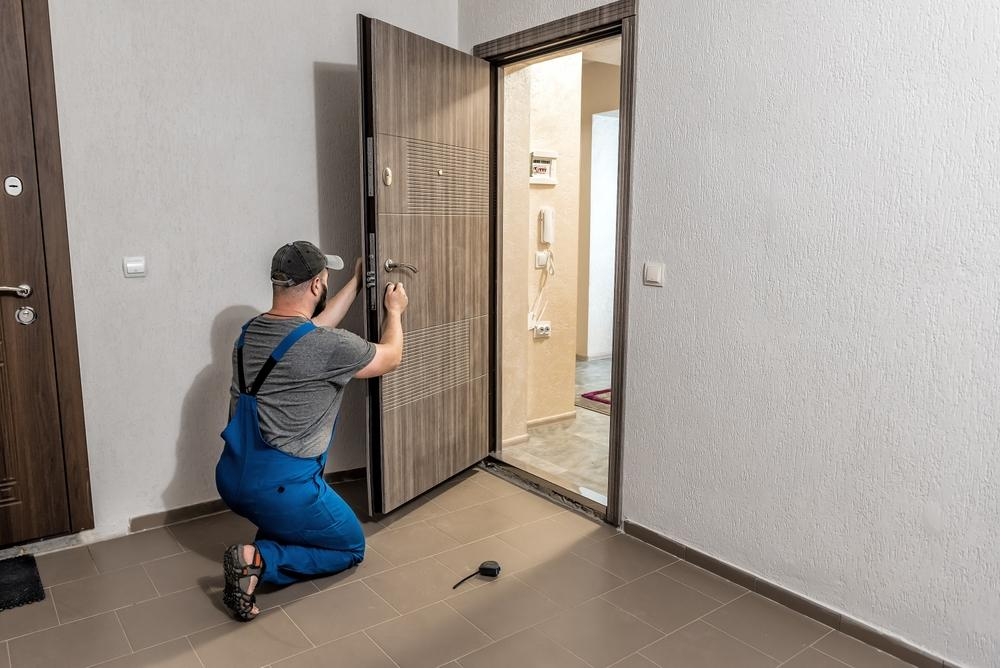How to Plan a Room Addition in San Diego Without Breaking City Codes

Let’s be honest — nothing’s worse than pouring your heart, time, and money into a home upgrade only to get hit with a “Stop Work” notice from the city. If you’re dreaming about expanding your living space — maybe a new bedroom, a home office, or a sunroom — you’ve got to play by the rules.
That’s where trusted room addition contractors San Diego homeowners rely on come in. They know the ins and outs of city permits, zoning laws, and inspection checklists like the back of their hand. And believe me, that knowledge can save you from serious fines, delays, and unnecessary stress.
Here’s how to plan your next room addition in San Diego — step by step — without ever crossing the line into code violations.
🏗️ 1. Start With the Rules — Know Your Zoning & Building Codes
San Diego’s building codes aren’t flexible. They’re layered, detailed, and differ by neighborhood. Whether you live in Pacific Beach, North Park, or La Jolla, you’ll have a unique set of zoning laws that determine what you can build and where.
Before you start sketching out plans, visit the San Diego Development Services Department (DSD) website or call their office. Ask about:
- Setbacks: How far your new structure must sit from your property line.
- Floor Area Ratio (FAR): The total square footage you’re allowed to build relative to your lot size.
- Height restrictions: Coastal homes often have strict limits to protect views.
- Historic overlays: If your home is in a protected zone, design changes can require extra approvals.
👉 Pro tip: Local contractors usually know these codes cold. A seasoned builder will tell you upfront whether your dream design fits within San Diego’s zoning limits or if you need adjustments before the city ever sees your plans.
🧾 2. Get Your Permits — No Shortcuts, No Exceptions
San Diego doesn’t play when it comes to building permits. Whether you’re enclosing a porch or adding a whole new wing, permits are mandatory.
You’ll likely need:
- Building permits for the main structure.
- Electrical, plumbing, and mechanical permits if you’re installing new systems.
- Plan checks — the city reviews your drawings for compliance before construction begins.
Skipping permits is tempting — especially if a contractor says, “We can save time if we just start.” Don’t fall for that trap.
If you’re caught, you’ll pay double fees, face construction halts, and might even have to tear down the addition.
And when it’s time to sell your home? Unpermitted additions can lower your property’s value or kill the deal entirely.
Bottom line: Get the permits. The process might feel slow, but it’s nothing compared to the pain of fixing unpermitted work later.
👷♂️ 3. Choose a Contractor Who Knows San Diego Inside and Out
The biggest mistake homeowners make? Hiring someone who’s cheap but clueless about local codes.
You want a contractor who has built multiple additions in San Diego — not someone from another county learning as they go.
Look for these signs of a reliable room addition contractor in San Diego:
- Active California contractor’s license (verify it online).
- Proof of insurance and bonding.
- References from local projects (and photos of completed additions).
- Familiarity with city inspectors and permit officials.
Good contractors won’t just swing hammers — they’ll handle the paperwork, coordinate inspections, and keep your project on schedule. They’ll also flag potential issues before they become expensive headaches.
💰 4. Build a Smart Budget — and Expect the Unexpected
San Diego’s construction market isn’t cheap, but it’s worth it. On average, a room addition can cost between $300 and $500 per square foot depending on the design, materials, and complexity.
Break your budget down like this:
- Design & permits: 10–15%
- Labor & materials: 60–70%
- Finishes & fixtures: 10–15%
- Contingency: 10–15% (for surprises like wiring issues or foundation fixes)
Cutting corners might sound good on paper, but it’ll haunt you later. Cheap materials and unlicensed workers are a recipe for failed inspections.
And here’s a tip most homeowners forget: Always get your contractor’s permit fee estimate in writing. Some builders lowball their bids and later dump city fees on you mid-project.
🧠 5. Design for San Diego’s Climate & Lifestyle
San Diego’s weather is practically perfect — use that to your advantage.
If you’re planning a new space, think about natural light, airflow, and energy efficiency. Large windows, sliding glass doors, and skylights can make your addition feel open and connected to the outdoors.
Also consider:
- Insulation: Keeps rooms cool in summer and warm in winter.
- Energy-efficient windows: Reduces energy bills and boosts resale value.
- Sustainable materials: San Diego buyers love eco-conscious designs, and you might qualify for rebates or green building incentives.
Your addition shouldn’t just meet code — it should feel like it’s always been part of your home.
✅ 6. Stay on Top of Inspections
This part is non-negotiable. The city requires inspections at multiple stages of construction — framing, plumbing, electrical, and final approval.
Skipping or delaying inspections can put your project on hold indefinitely. A competent contractor will coordinate with inspectors automatically and make sure your site passes each phase without issue.
If your contractor tries to avoid or delay inspections, that’s a major red flag. Walk away.
🧩 7. Keep Everything Documented
Permits, inspection reports, change orders, invoices — it’s all vital. Keep both digital and physical copies of every document tied to your project.
You’ll need them if you refinance, sell your home, or face an insurance claim later. Organized paperwork proves your addition was done legally and professionally.
🧭 8. Think Long-Term — Add Value, Not Just Space
Room additions are about more than square footage; they’re about return on investment. In San Diego’s competitive real estate market, thoughtful additions — like master suites, second-story expansions, or ADUs (Accessory Dwelling Units) — can add serious value.
Before you start, talk to a local real estate agent or appraiser. They can tell you what types of additions pay off most in your neighborhood.
🏡 Final Thoughts
Building a room addition in San Diego doesn’t have to be a bureaucratic nightmare. The key is planning ahead, following the rules, and working with experienced professionals who know the city’s system inside out.
A good room addition contractor in San Diego is more than a builder — they’re your guide through zoning laws, permits, inspections, and design challenges.
So before you start swinging hammers or sketching dream rooms, do the groundwork. Check your zoning, pull your permits, hire wisely, and budget smart. Because when your new space passes inspection on the first try — you’ll know it was all worth it.



